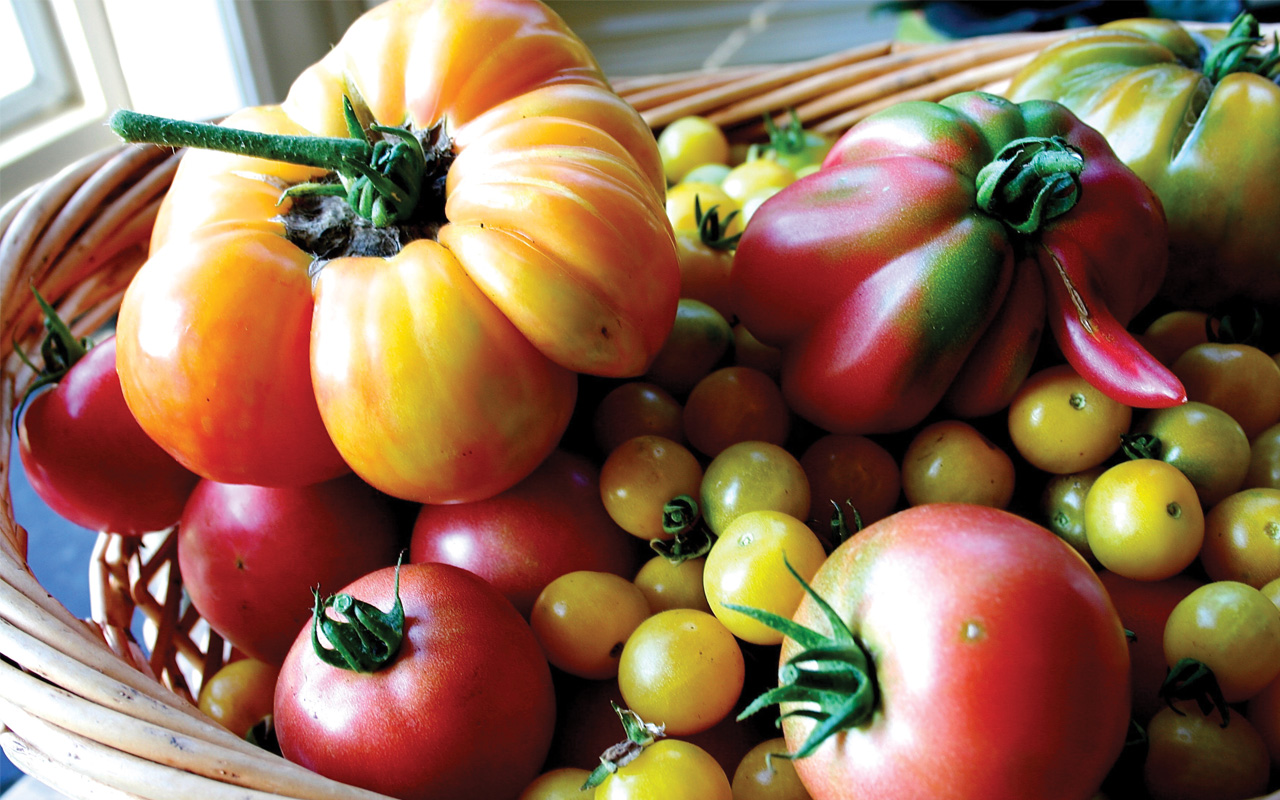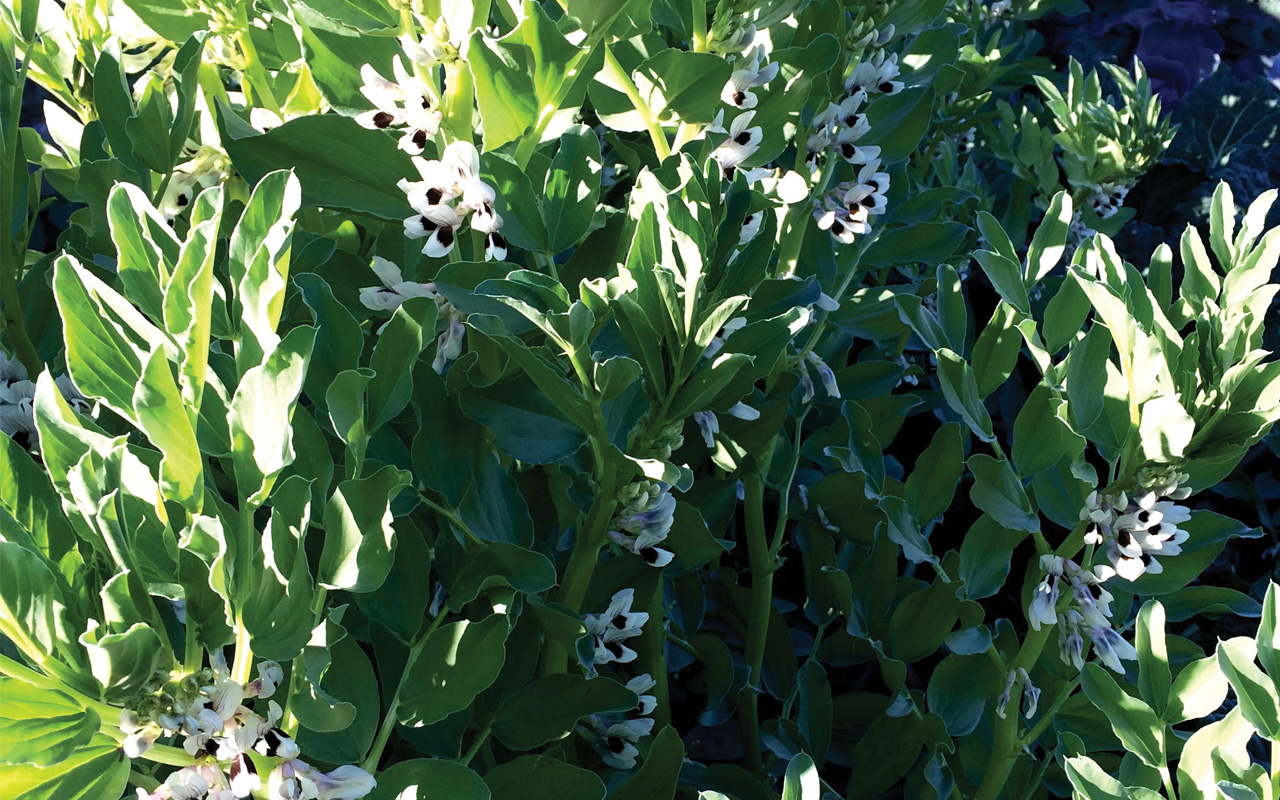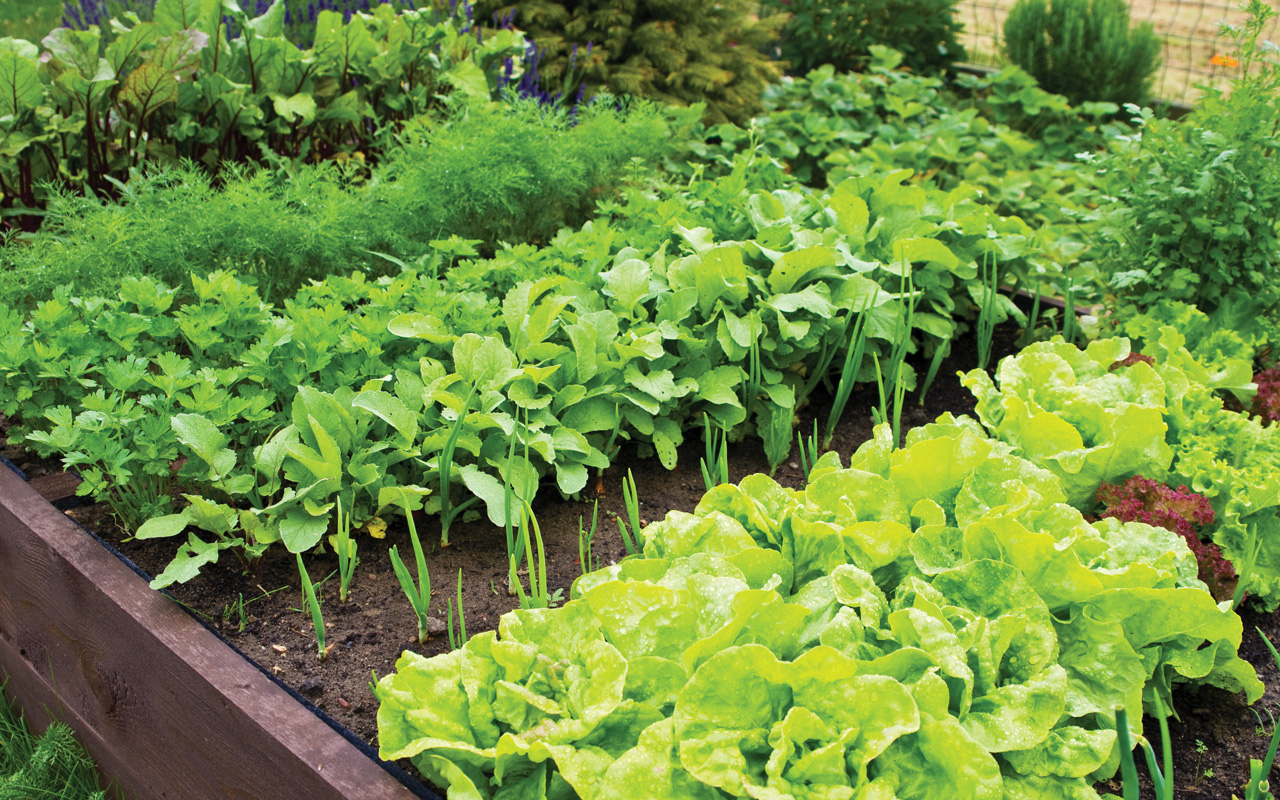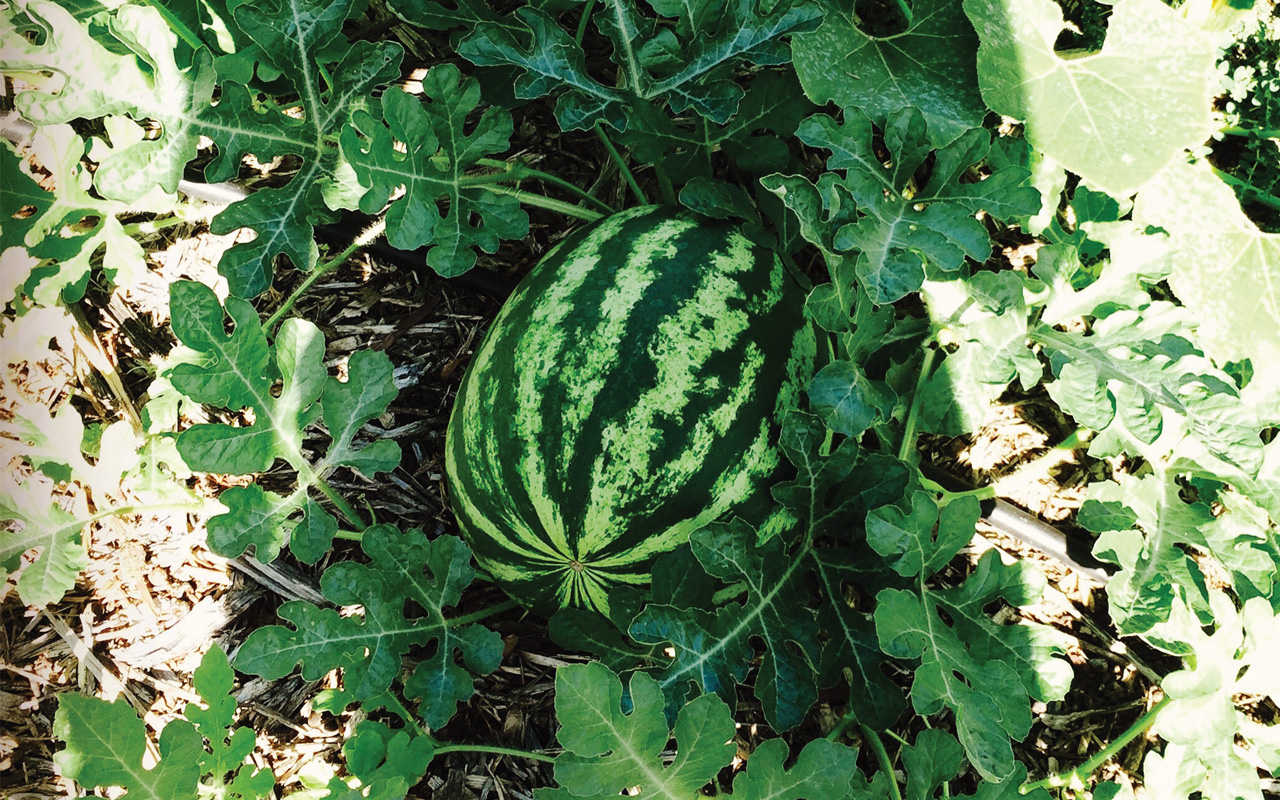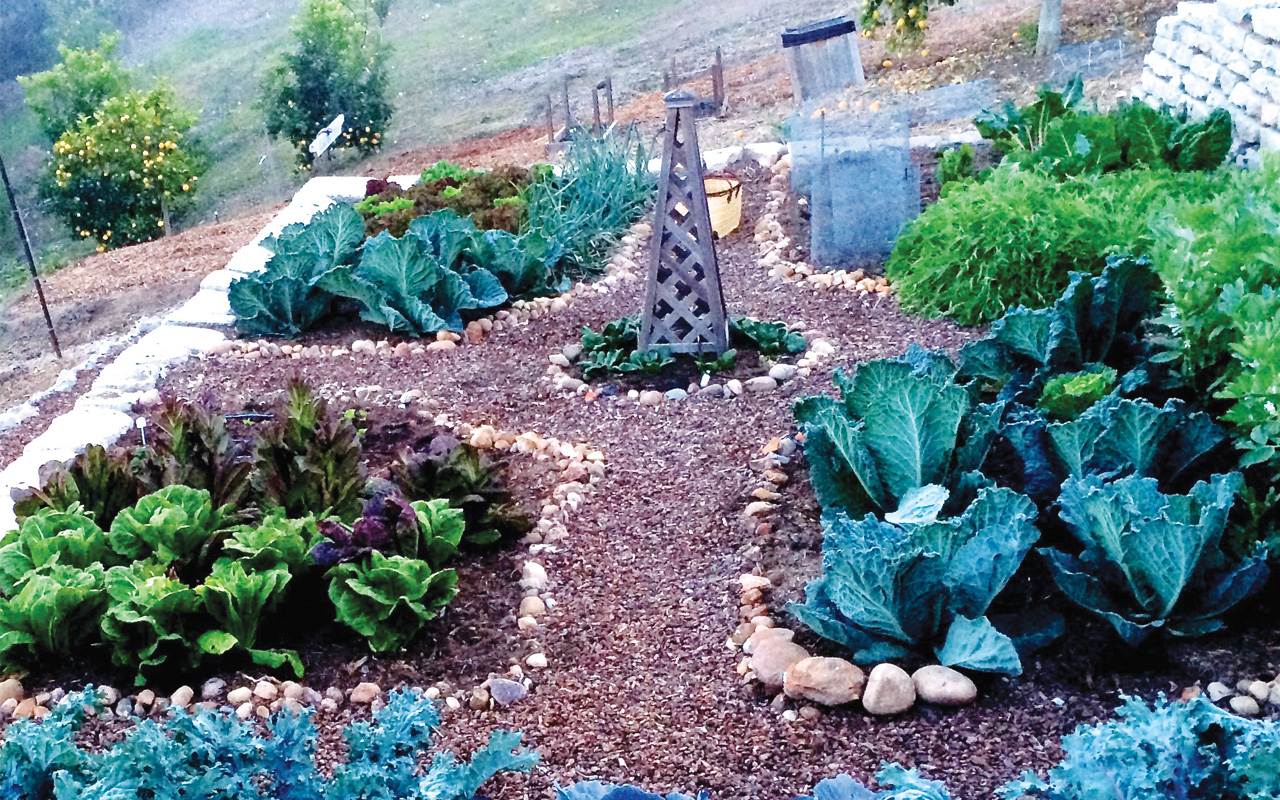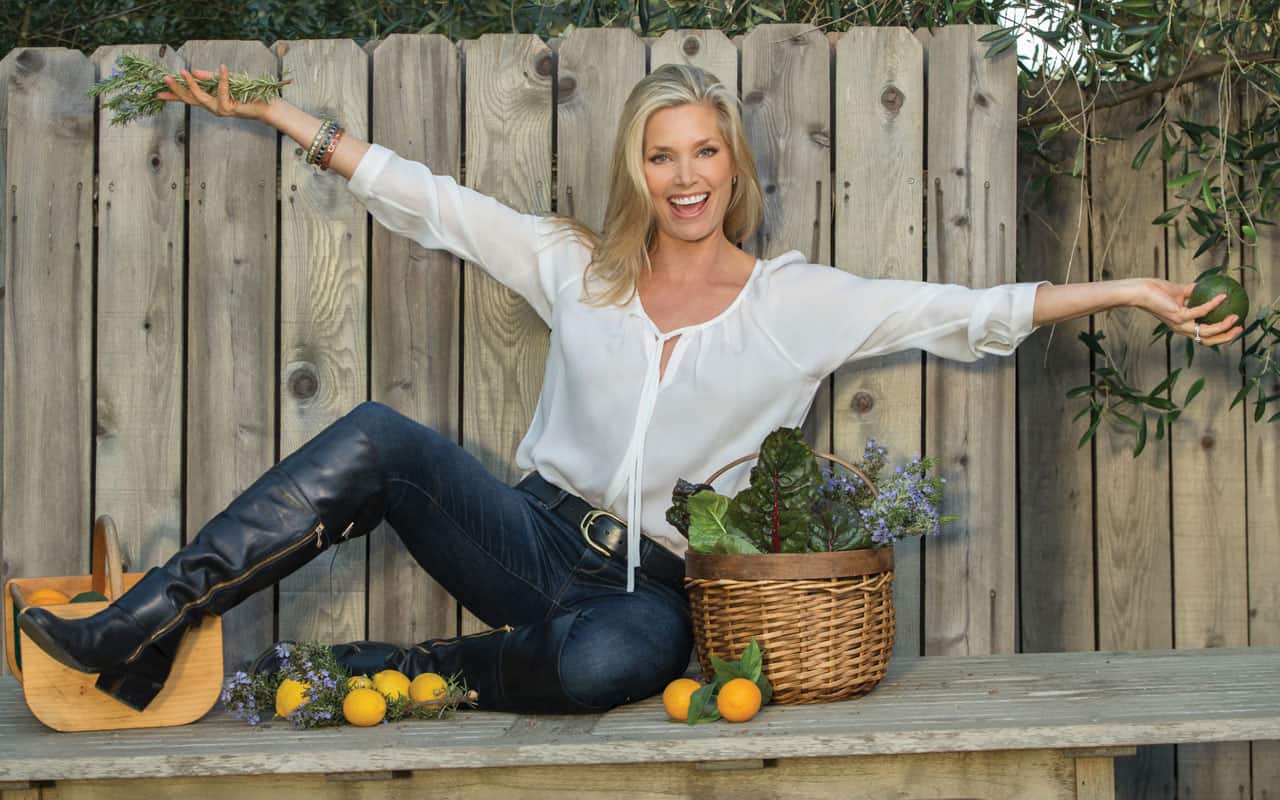
Springtime is the optimum time to start your summer veggie garden. Hopefully you have already been growing for some time now. Even if this is your first season, there is something you should know about planting your crops to help with diseases and pests. We all get excited when it is time to plant for the new season. If you are anything like me, you are probably chomping at the bit to throw seeds and transplants in the soil. It is very good advice to think about where, when and how to plant your plants before you begin.
SUN, SIZE & PLANT PLACEMENT MATTERS
When choosing a sunny spot for your garden, make sure it is away from large trees and structures. Some trees have invasive root systems that will rob your plants from vital nutrients and sun, necessary for a successful harvest.
The size of the plant at full maturity and its placement in your garden is of extreme importance when it comes to a productive and healthy veggie garden. Always position the larger plants towards the northern side of your garden. Position the medium-size plants just south of the largest, and the smallest at the most southern part of your garden. The sun will be traveling from the southeast to southwest during spring and summer. Placing the larger varieties on the north side, assures the taller plants won’t block the sun for the smaller ones in front of them. This way your plants will receive 6 to 8 hours of sunlight per day.
Lastly, remember to leave enough room for each plant. The number one mistake that most gardeners make is to not pay heed to the seed packet’s info, specifying the space needed for each plant. Most transplants will state the room you need on the label, but if for some reason it doesn’t, you can find it on the Internet.
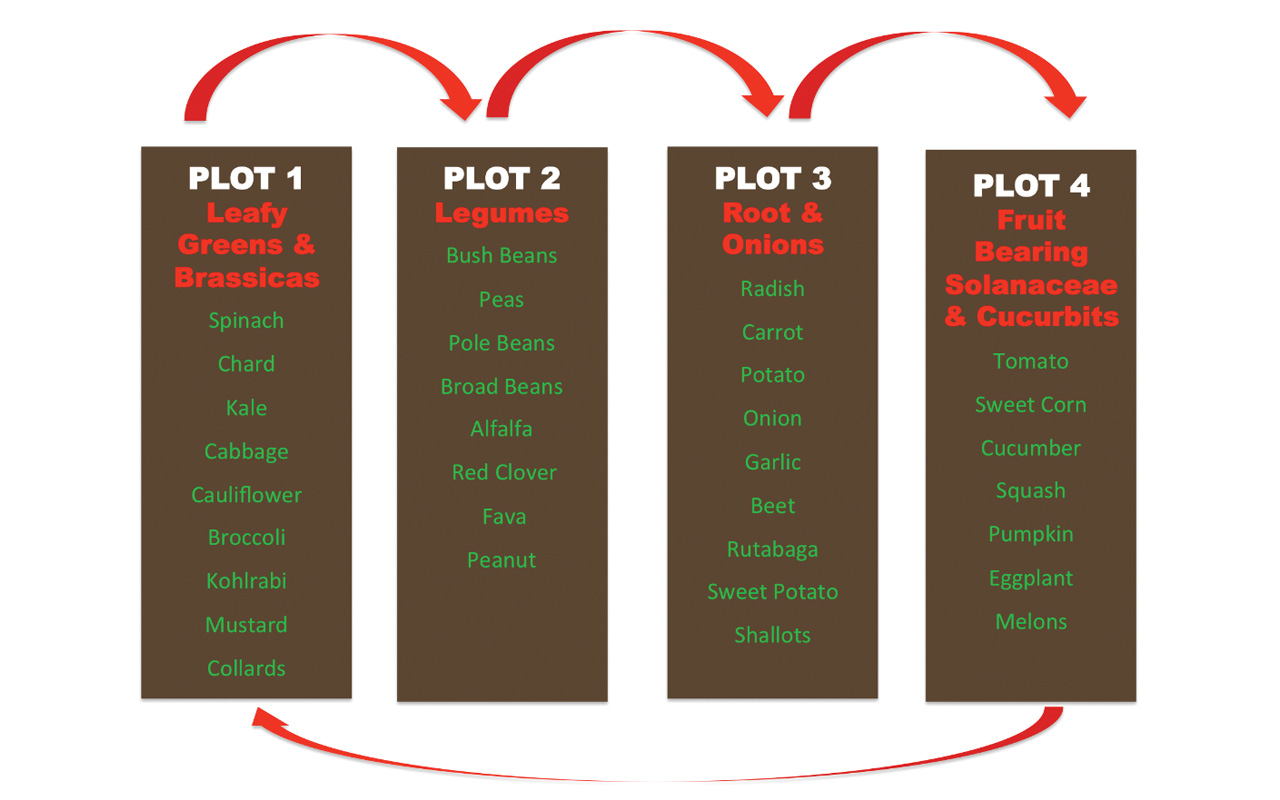
Vegetable Family Plots for Crop Rotation
When choosing a sunny spot for your garden, make sure it is away from large trees and structures. Some trees have invasive root systems that will rob your plants from vital nutrients and sun, necessary for a successful harvest.
TIMING MATTERS
Lucky us, we have a unique year-round growing season! We can harvest every single month of the year. California’s spring weather can change daily, depending on the unseasonal cool or warm days that we often get. Believe it or not, Southern California actually does have seasons. It still can be totally confusing for even the veteran gardeners, to know when to start planting. So how can we tell when it’s time to change out our crops?
Planting with the rhythm of the seasons is the easiest way to garden in Southern California. Start planting your summer crops in March, April, and May and winter crops in September and October. That way, crop rotation becomes easier.
CROP ROTATION MATTERS
Soil-borne pests and diseases can damage your garden if crops are grown repeatedly in the same site. To prevent this, divide your vegetable garden into four sections and grow “vegetable family crops” together in each section. Rotate the sections each season, making sure the same vegetable families aren’t grown in the same section for at least 2 to 4 years. Crop rotation is practiced to reduce diseases and pests that can be carried over in the soil. Problems can persist in the soil for far longer, but crop rotation can help reduce losses.
Example: Tomatoes are susceptible to wilt diseases. The next year’s crop will grow best when it is planted in a different place each year. You should not grow another family member, such as peppers, since the same fungus can infect the Solanaceae group. That’s why practicing crop rotation by vegetable families is a good idea.
Vegetable Families for Crop Rotation 1. Leafy Greens (spinach, lettuce, kale) & Brassicas (broccoli and cabbage) 2. Legumes (beans and peas) 3. Root Crops (like carrots and beets) and onions 4. Solanaceae (the tomato group) and Cucurbits (the cucumber group)
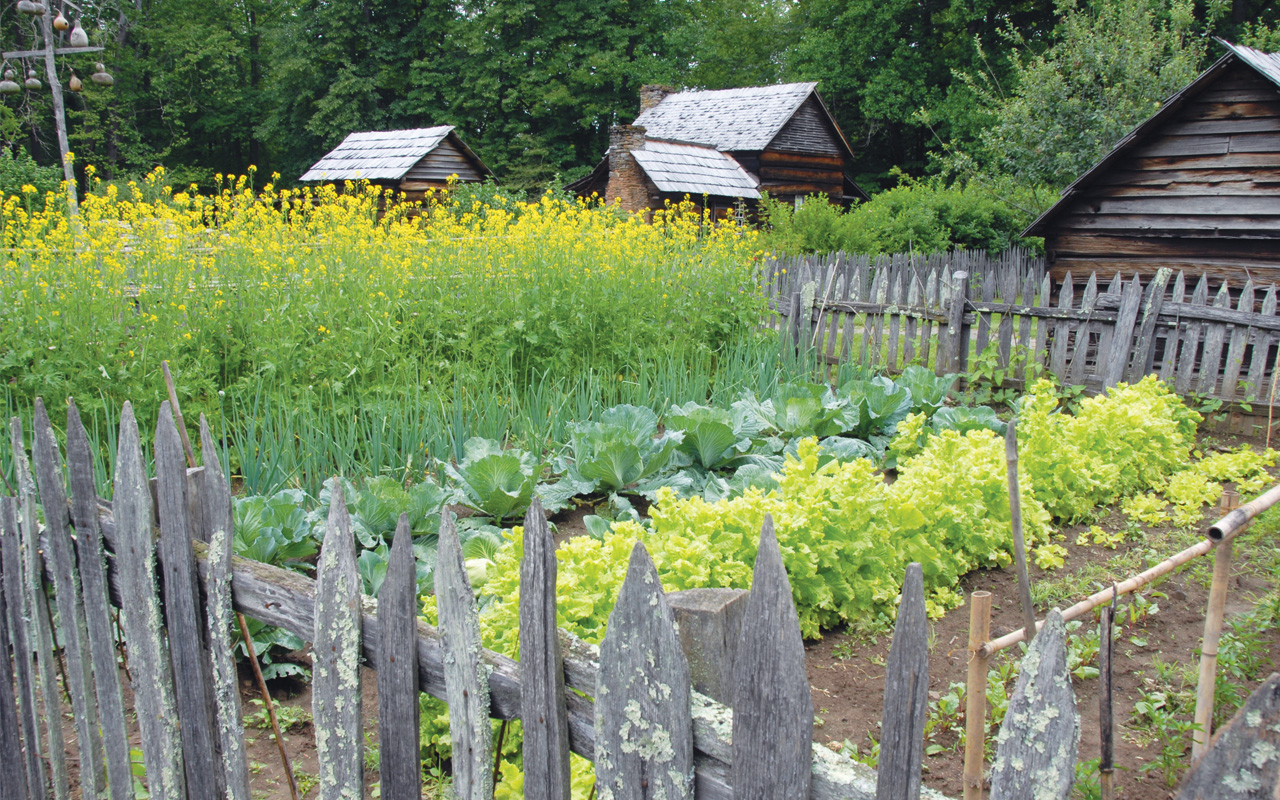
Planting larger plants in the north and smaller plants in the south of the garden
Yay, springtime is here and it is time to seize the day! Understanding where, when and how to plant before you begin your summer garden, will definitely give your crops a healthier start.
A Garden Planner and Map
Countless gardeners rotate their crops by memory. To make the most of crop rotation, it is wise to keep detailed records of where crops were grown in the past, and a plan for how crops will be arranged in the future.
Try making a map of your garden, numbering the plots. Each season; label the plots with the “family type” grown in each area. It’s good practice to make copies of the layout for future years. After planting, take detailed notes throughout the season. Include the date if you find any serious pest or soil problems.
Use your old map before you plant the next season to plan where you will plant the new season’s crops. Try to create a rotation schedule that has the most years possible between planting similar crops in a given location, three to four years is optimum.
The Ideal Order of Rotation
Beans and peas should follow your lettuce, spinach, and brassicas (or broccoli family) in the same spot lettuce was grown. The next harvest of vegetables from the exact same plot should be planted with onions, garlic, turnip, beets, or carrots. Following the root vegetables are tomatoes, cucumbers, peppers, eggplant, squash, and melons. In between each crop rotation, add additional organic matter, compost, and soil amendments.
Yay, springtime is here and it is time to seize the day! Understanding where, when and how to plant before you begin your summer garden, will definitely give your crops a healthier start. Yes, you will have to make a little extra effort. But trust me, you will witness that planning really did matter, once your garden blesses you with a bumper harvest!
Enjoy the weather and get out there and start gardening!
Kelly Emberg, the model gardener For more gardening tips, follow me on Facebook, Instagram, YouTube & Twitter. www.kellyemberg.com

